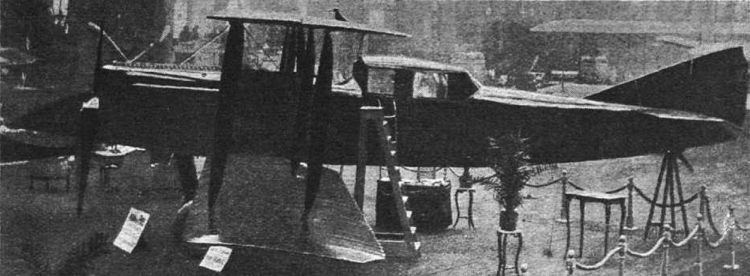Wingspan 14 m First flight 1919 | Length 8.5 m | |
 | ||
The Potez SEA VII, otherwise known simply as the Potez VII, was an early airliner developed in France shortly after the First World War. It was a civil version of the SEA IV military aircraft that Henry Potez had developed with Louis Coroller and Marcel Bloch as the Société d'Etudes Aéronautiques. With the end of hostilities, the French military cancelled its orders for the SEA IV and the company dissolved. Potez, however, believed that the design had potential in peacetime and founded Aéroplanes Henry Potez in 1919 to refurbish war-surplus machines for civil use. This soon led to a revision of the design as the SEA VII. This differed from its predecessor in having an enclosed cabin for two passengers occupying the rear fuselage. The wings were enlarged to reduce their loading and therefore to allow for slower, gentler landings than the military aircraft had been capable of making.
Contents
Cie Franco-Roumaine purchased twenty-five examples to use on services to Eastern European destinations during the 1920s.
Operators
Specifications (variant)
Data from aviafrance.com
General characteristics
Performance
